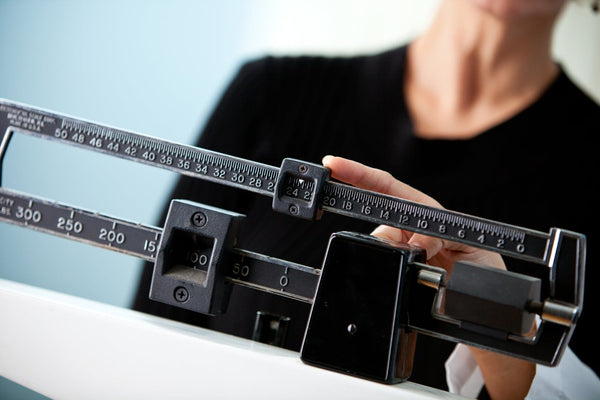When it comes to strength training, you probably envision the usual gym set up with big barbells, loads of free weights and buffness everywhere. Newsflash ladies, working out isn’t just for biceps and glutes anymore; there’s never been a better time than now to strengthen your pelvic floor muscles and improve your pelvic floor health.
What is Your Pelvic Floor?
This group of pelvic muscles is responsible for supporting the pelvic organs (uterus, cervix, bladder, urethra and rectum) and keeping everything all tucked away, nice and cozy. These muscles are crucial to maintaining continence (control of urine and stool) and of course, during sexual function.
Why Do Some Women Have Weak Pelvic Floor Muscles?
Over time and with age, muscles weaken and the pelvic floor muscles aren’t spared. If your mom had pelvic floor relaxation or ‘pelvic organ prolapse’, you might be at higher risk since there is a genetic component to pelvic floor health. The wear and tear of having babies, especially those ten pounders, can weaken pelvic muscles as well. Excess body weight puts mechanical pressure on the bladder and urethra. More baggage means more risk of leakage. During menopause hormone changes can lead to urinary frequency, urgency and concerns about leakage.
What Can Be Done to Improve Pelvic Floor Health (That Isn't Too Invasive)?
- Moderate your caffeine intake. Caffeine is a bladder irritant and diuretic and typically produces that “urge to go”.
- Optimize your weight. I recommend the Mediterranean diet or intermittent fasting if possible to maintain a healthy weight.
- Time your urination to every two hours while awake to keep the bladder from becoming over distended and lessen the chance of accidental leakage.
- Control cold and allergy symptoms. A decongestant or cough suppressant might be in order from time to time.
Are There Pelvic Floor Exercises Women Can Do?
Yes, there are! If that belly laugh, sneeze, cough or gallop on the treadmill results in light bladder leakage, kegel exercises are in order. Imagine this: contract your pelvic floor muscles as if you are “holding it in super tight”. Hold that pose for 10 seconds or so, then relax your muscles. Repeat this sequence10 or 20 times a day.
Voila! You have just done kegel exercises, designed to tone and strengthen the pelvic floor muscles and help to control urine leakage.
Do these regularly, at anytime and anywhere for maximum benefit. Some women choose to use light vaginal weights to up their pelvic floor strength. Believe it or not, there’s even an app for that. Devices such as the KegelSmart or Elvie Trainer use bluetooth, biofeedback and smart technology to optimize kegel exercise progress and benefits.
Ready…set…squeeze! Your bladder and pelvic floor will thank you!









Comments
Post commentthanks i didnt know about caffeine. I really struggle for energy due to hashimotos
Great information! Pelvic exercises are a most!👍🏽
Valuable information